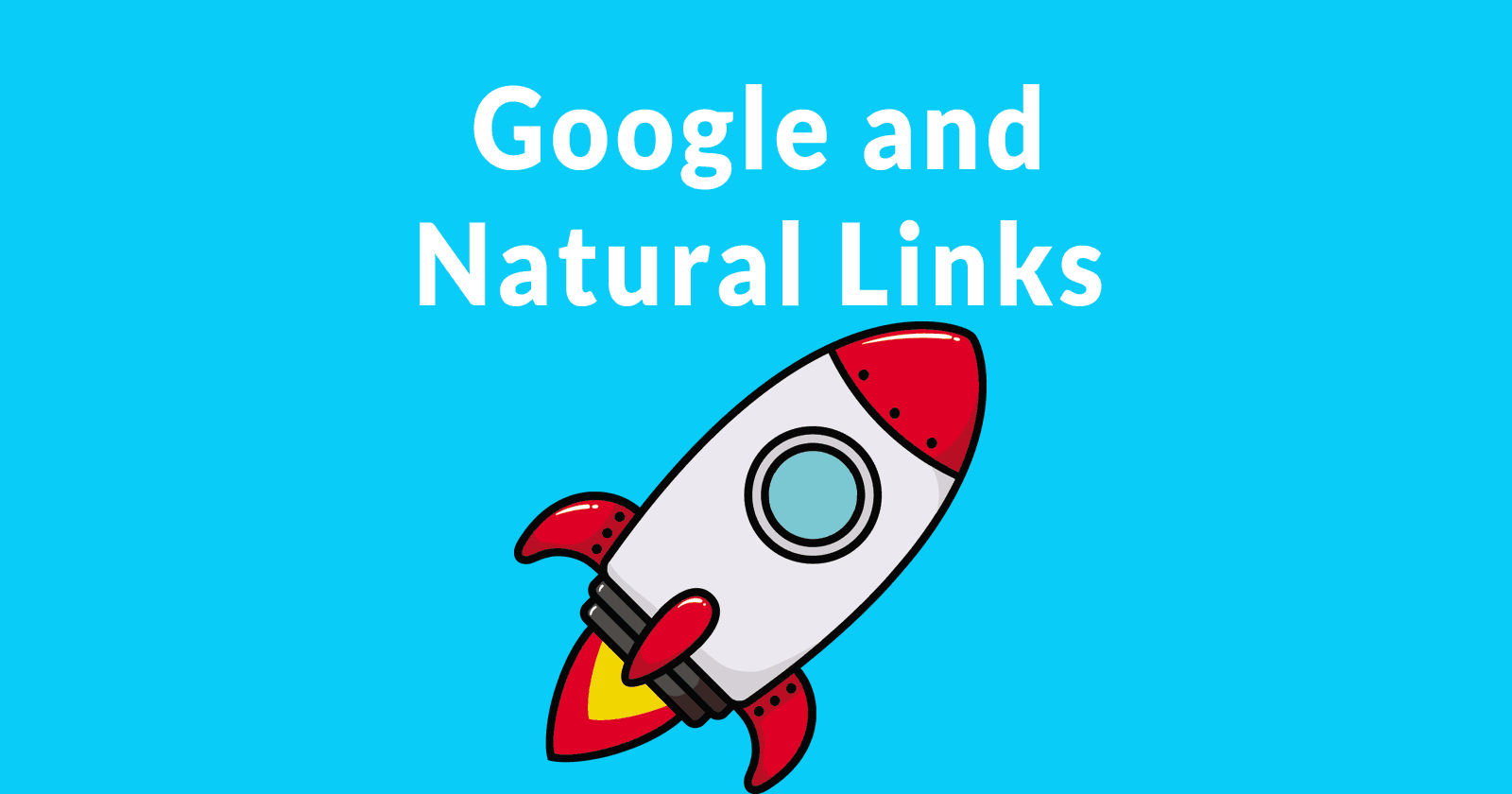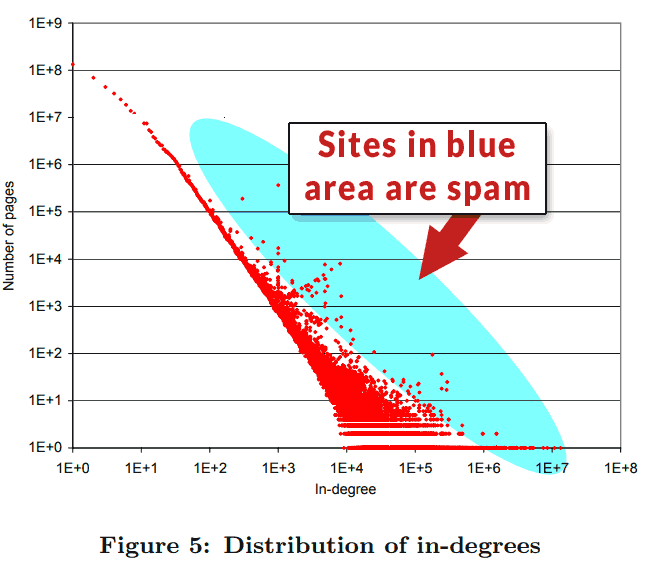Someone tweeted a question asking if there were any patents by Google that describe how Google might define a natural link profile. Google talks about unnatural links, so how does Google define natural and unnatural links?
Patents or Research on Natural Links
The tweet asked a great question about links. It noted that there are many articles saying to create a natural link profile. But none of the articles linked to a patent or research paper that affirmed what a natural link profile is.
It’s super important to judge statements about SEO by the citations in the article. If there are no citations then it’s likely the article is speculative and not authoritative.
This is the tweet:
“Anyone know of any patents or research around how Google might view a site’s link profile? Tons of articles on why a “natural link profile” will protect a site from algorithm updates and avoid penalties, but any positive signals sent by it?”
There are No Patents for Natural Links
Bill Slawski replied that there are no patents that make reference to natural link profiles.
I have read a few thousand patents from Google, and they have never referred to a "natural link profile" in any of those.
— Bill Slawski ⚓ 🇺🇦 (@bill_slawski) August 20, 2019
Google and Unnatural Links
Google and Googlers have spoken of unnatural links. Google’s guidelines reference unnatural links.
If some links are “unnatural” then that means other links are natural. Google refers to natural links in many contexts.
“Does validating my site’s code (with a tool such as the W3C validator) help my site’s ranking in Google?
No, at least not directly. However, to the extent that cleaning up your HTML makes your site render better in a variety of browsers, more accessible to people with disabilities or folks accessing your pages on portable or other devices, and so on, it can improve the popularity of your site… increasing traffic, natural links to your site (which can help with your Google ranking), and so on.”
Does Google Analyze for a Natural Link Profile?
Google has used statistical analysis for understanding whether a backlink profile is normal or not normal in the past. It was announced at PubCon New Orleans 2005.
I have been involved in SEO for almost 20 years and I was there when it was announced.
The idea of analyzing links to see if they were statistically within the average for normal or not normal was a game changer.
Statistical analysis answered many questions the SEO industry had about how Google was identifying spammy links. Statistical analysis changed SEO.
The search industry now had to worry about what was a normal amount of anchor text in links. What was a normal amount of inbound links to a web page in a particular niche became something to worry about. “Looking normal” became very important.
It is unclear whether Google still uses statistical analysis. Most search related algorithms discussed in modern research papers are concerned with natural language processing more than the analysis of links. New link related algorithms are very rare nowadays.
It’s almost like either the role of links for ranking is less or that Google has a strong grip on finding spammy links.
Can Google Identify Unnatural Natural Links?
I doubt Google understands modern spam links. I’ve seen many successful sites that are employing difficult to spot link building. The most successful websites are powered by links from a database of billions of websites that are categorized by niche.
There are unethical techniques for simulating authority, expertise and trustworthiness. It involves hiring “content marketers” who publish articles in top tier news sites with statements vouching for the product, website or person.
It doesn’t matter if there is or is not a link in the published articles. What matters is the ability to leverage the name of the publication and the context of the mention (best ____, genius of ____, top thought leader in the USA) in order to manufacture authority. The real links and citations happen afterward and Google has no way of identifying those kinds of links since they are natural, stimulated from a paid marketing campaign.
Advertising to get the word out is within Google’s guidelines.
Paying for testimonials of authority, expertise, and trustworthiness (E-A-T) are not a part of Google’s guidelines. Technically, paying to manufacture E-A-T does not violate Google’s guidelines. But even if that was included, it may be impossible to spot it.
So to answer the original question, yes, there are patents and research papers about statistical analysis. A Microsoft research paper from 2004 called, Spam, Damn Spam, and Statistics is a great place to start reading.
What defines natural and unnatural may still be important. But getting links from relevant sites within a relevant web page context is equally important. The ability to reach the gold standard of naturally given links is quite possibly the most effective way to obtain “natural” links.
That includes using unethical methods for manufacturing E-A-T since they result in “natural” links as well.
Unnatural natural links and citations are, in my opinion, a loophole in Google’s algorithm.



